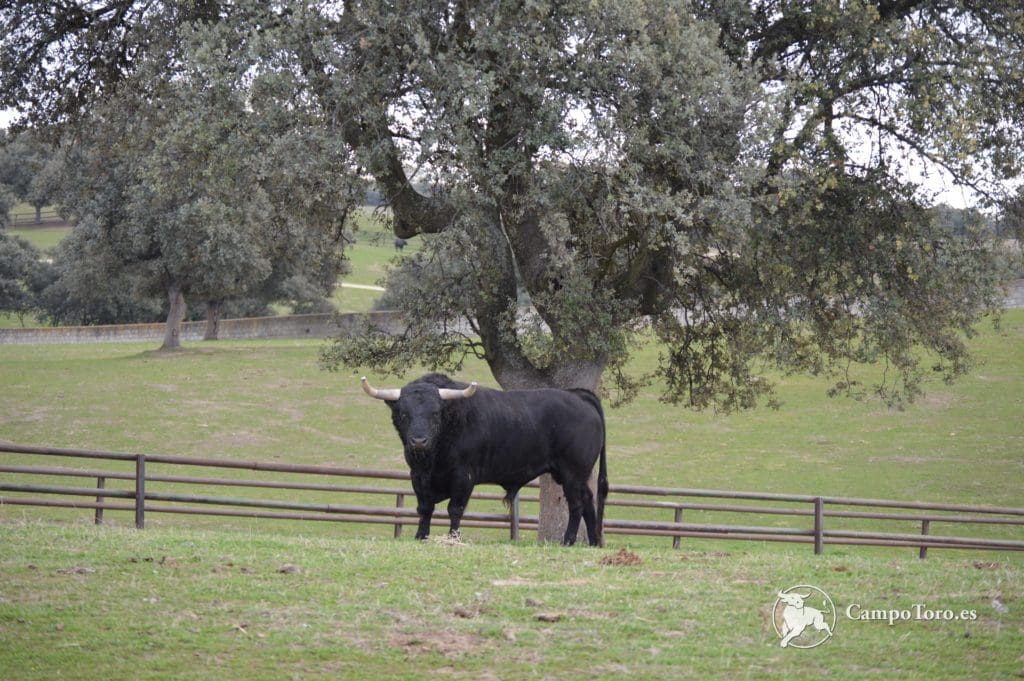
Watch bullfighting bull Madrid. The existence of the brave bull has a very positive impact on the environmental system of Spain. The biologist and the Professor of Natural Sciences, Miguel del Pino has also ratified it during his appearance: “the fighting bull is not a species, it is a race, it is the race of the races”. In addition, del Pino has extolled the genealogical ties of fighting cattle as something exclusive: “as you can see in the picture in which the water appears with its mother, the bull is a very protected animal during breeding.”
The historical documentation on the origin of the herds allows tracing the origin of the fighting cattle in the XVI-XVIII centuries.
Analyzed the farms by encastes, it is observed that the degree of genetic differentiation is much higher than that between the European cattle breeds, so the breed of Lydia should be considered as race of races.
.
The fighting bull occupies more than 500,000 hectares of pastureland and is the best protector of the Iberian pasture when living in balance and harmony with the native flora and fauna.
The dehesas of bulls of fight are located mainly in saw or mount, disadvantaged zones of the Iberian Peninsula more wild and poor, not apt for the culture and threatened by the depopulation.
Livestock farms contribute to increase the rural population in depressed areas, through the improvement of wages, by the need for a fixed and qualified workforce.
The breeding of the fighting bull and its traditional uses are declared and protected as Cultural Heritage. A mainpiece of Spanish culture.
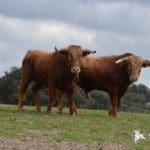
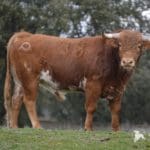


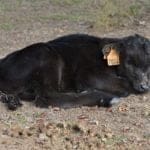
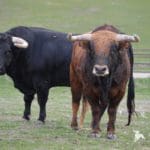
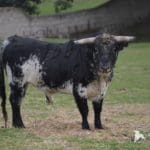
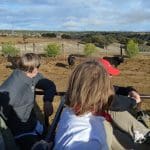
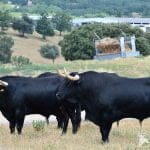

Know the brave bull breeding.
Contact us to live an exclusive experience between bulls. A familiar experience.This tour is an essential of Spanish culture.
Mail us at campotoro.es@gmail.com

Leave a Reply